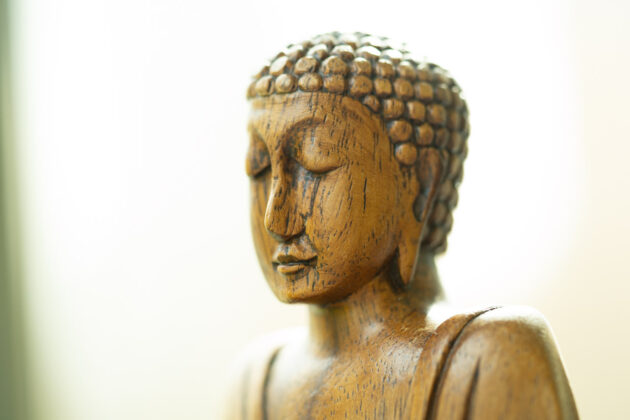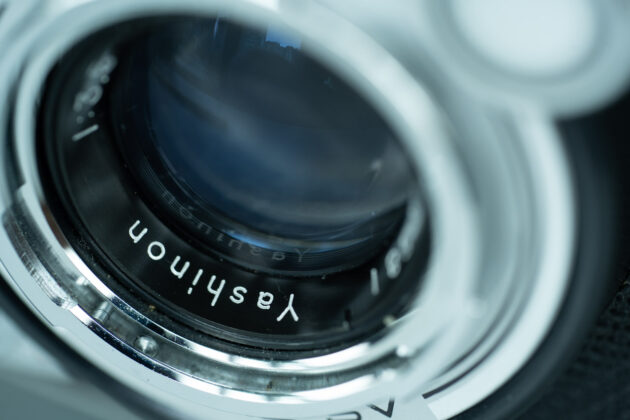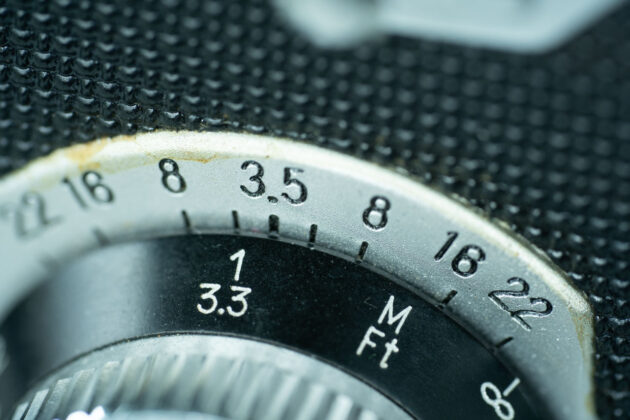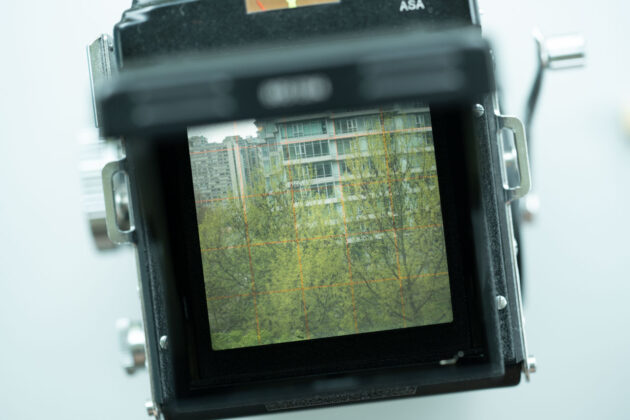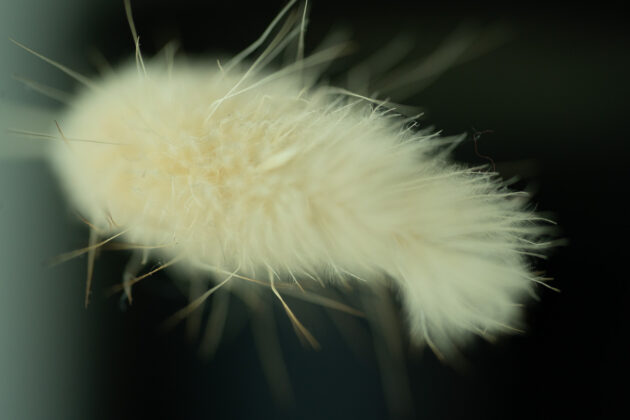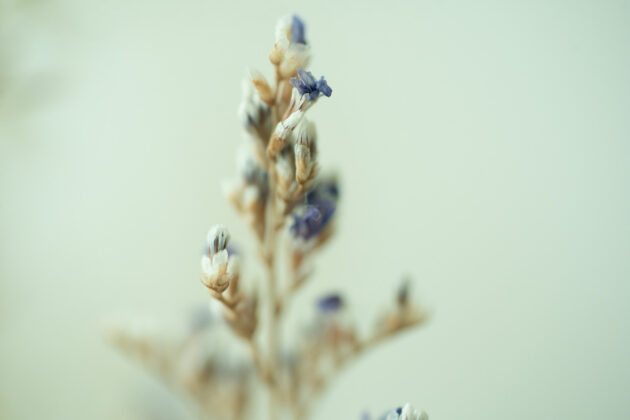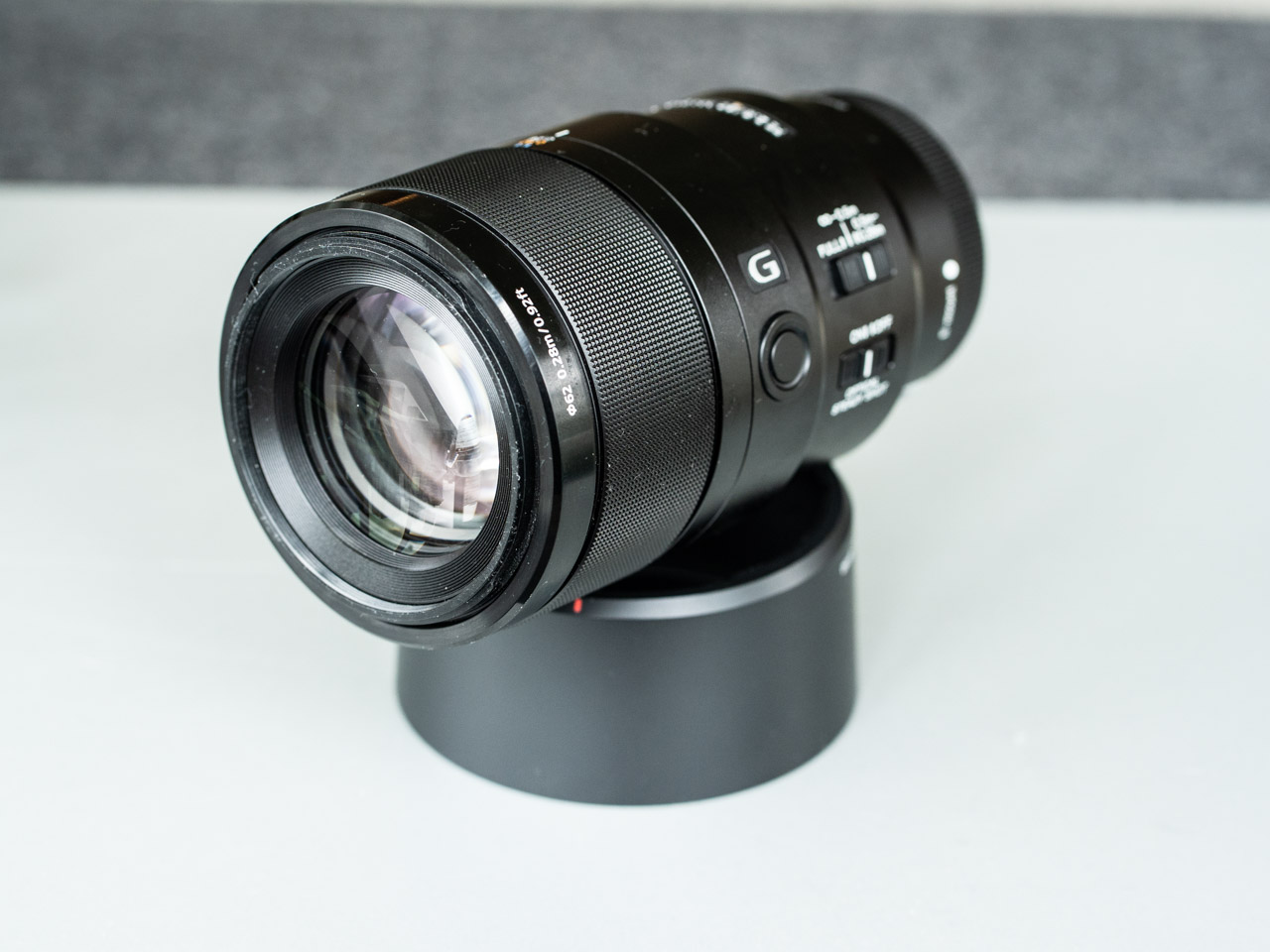
I have to admit that when I first received the Sony FE 90mm f/2.8 G OSS lens I wasn’t exactly overflowing with excitement. I’ve never really been a huge fan of macro photography—photographing people has always been my jam, and super close-ups are never particularly flattering! But after spending some time with this lens I’ve discovered that macro photography is a lot more satisfying than I imagined.
First impressions of the Sony 90mm macro lens
This 90mm f/2.8 is an FE lens, designed to work with Sony’s full-frame range of cameras, like the A7 IV and the A1. Being a G lens, you can expect good build and image quality. And indeed it feels solid and well-made with an all-metal body and a lovely big focus ring. It’s actually quite a large lens, especially considering it’s a prime lens. Just for clarification, a prime lens has just one fixed focal length and no zoom capability. 90mm is one of the longer primes you’ll see, with a relatively narrow field of view. This is actually an ideal focal length for portraits and headshots. I personally use the 85mm f/1.8 lens for my headshot work, which is more compact and has a wider maximum aperture which further enhances the bokeh effect in portraits.
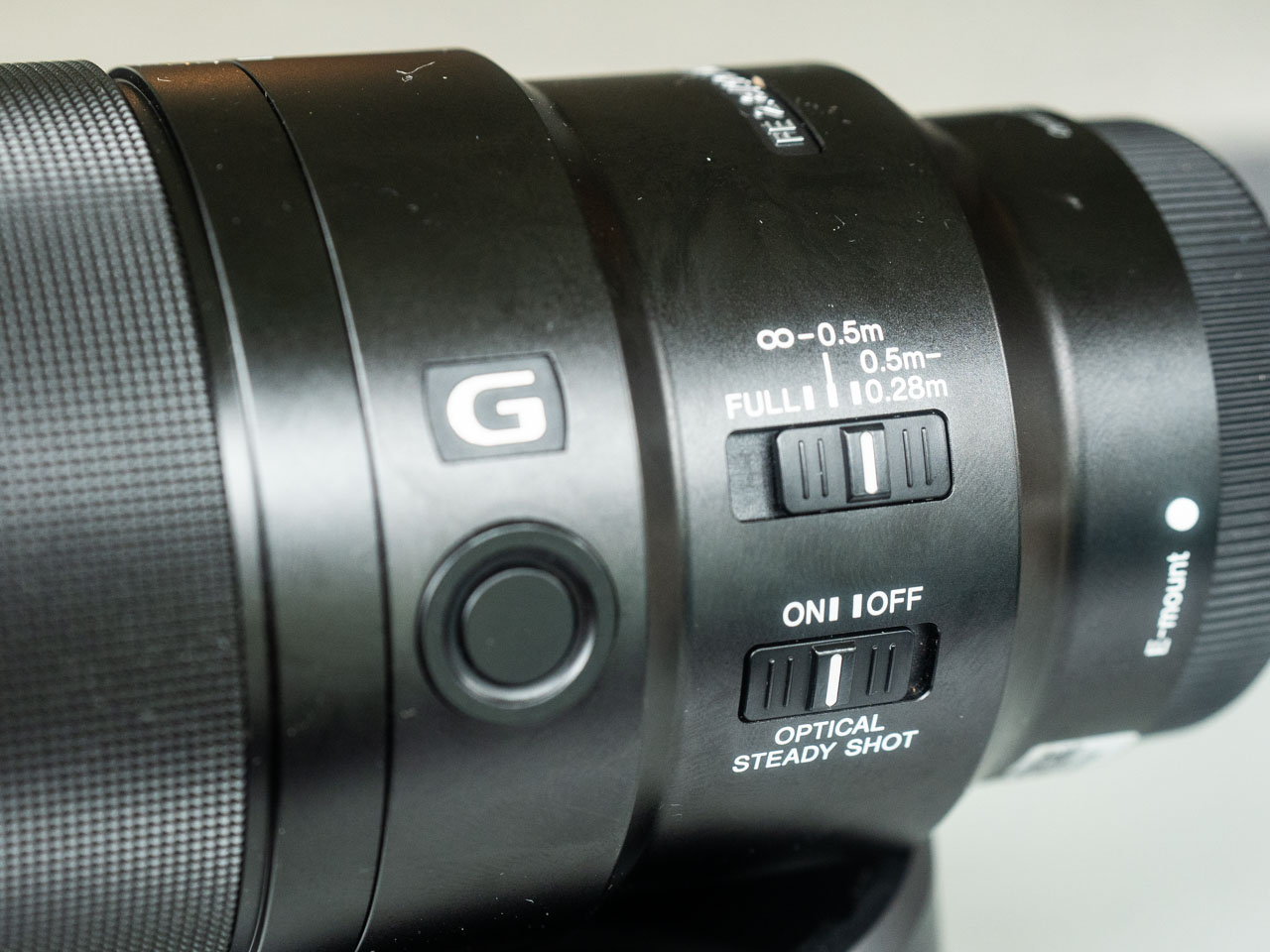
Features
The lens has relatively few features, one of which is the focus limiting switch. This allows you to choose a range of distances within which the lens will seek focus. For example, if you’re only doing close-up work, you might choose the 0.5m-0.28m position. If you know you won’t be shooting close-ups, then you might choose the ∞-0.5m position. Or you can just default to the FULL position which will seek focus anywhere from ∞-0.28m. You won’t see a focus limit switch on many lenses, and the reason it exists here is because the focus mechanism has to move quite a distance to go from ∞ to 0.28m, and this can make autofocusing feel a little slow and clunky. So essentially that focus limit switch can speed up autofocus.
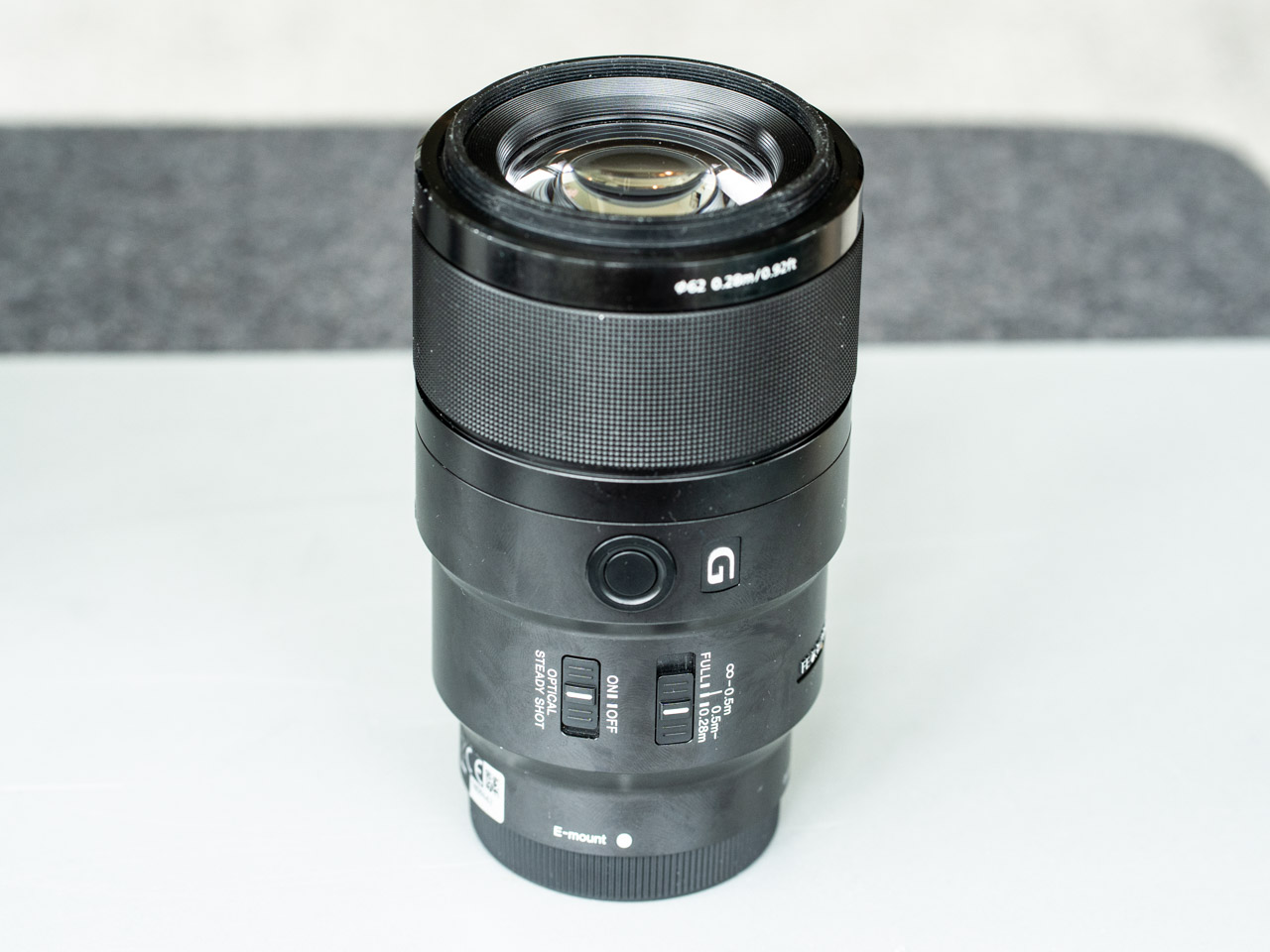
The lens also has Sony’s patented focus hold button, which is now standard across all Sony FE lenses. This is a really handy button that lets you activate autofocus, or you can customize it to one of a number of other functions. I love how easy it is to locate when you’re in the middle of a shoot.
The 90mm f/2.8 has Optical Steady Shot (OSS) which will offer stabilization when you’re shooting handheld and allow you to get sharp images without a tripod, in theory anyway. This is definitely a good feature to have on a macro lens, as a camera shake is much more likely to be an issue on a lens with a longer focal length. There is a switch on the barrel which allows you to turn this feature on or off.
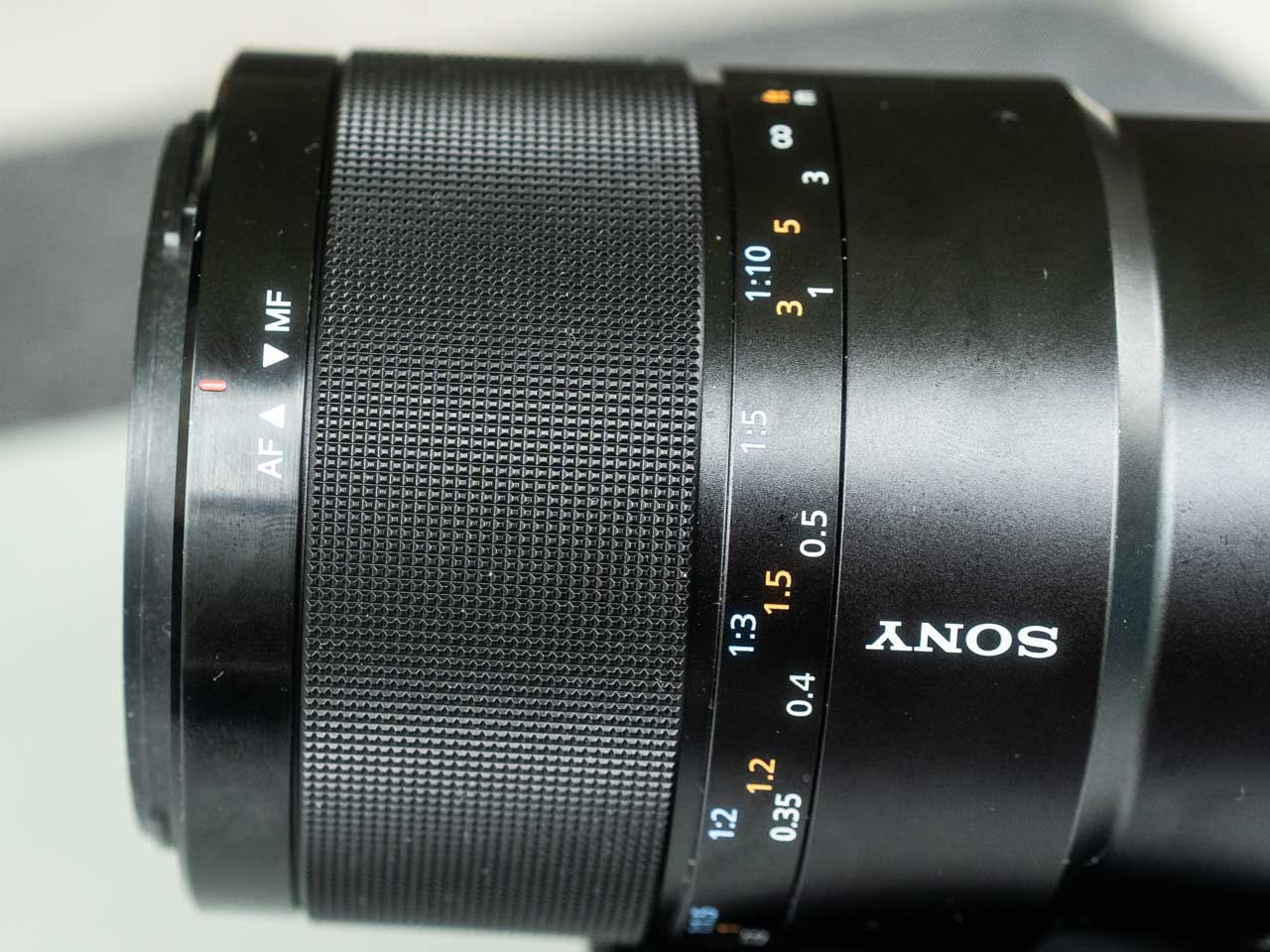
Clever autofocus switch
My favourite feature, however, is the autofocus on/off switch. I was surprised at first to notice that the usual switch that is included on Sony lenses was absent. A couple of arrows and the letters ‘AF’ and ‘MF’ near the front of the barrel gave me a hint, however, and I finally figured out that you can actually click the whole focus ring back and forth, and this is how autofocus is activated and deactivated. Very clever indeed. I’m really hoping to see more intuitive controls like this built into future Sony lenses. I’m not a fan of the standard version of the autofocus switch that I see on Sony lenses because it’s just so difficult to use in the middle of a shoot. Just yesterday I was shooting a real estate video and I was constantly switching from auto to manual focus, and cursing the finicky little switch every time.
[Aside: Halfway through that video shoot I remembered that I could switch between auto and manual focus using a customized button on my A7 III.]

Shooting with the Sony FE 90mm f/2.8 lens
As I alluded to in my intro, I actually found the experience of creating images with the 90mm macro lens much more enjoyable than I anticipated. I think most people won’t struggle to find items that they own that are good subjects for macro photography. As you’ll see in the sample images, I was able to make some cool shots of a vintage camera and some dried flowers. One of the advantages of the narrow angle of view provided by a 90mm lens is that you don’t need to worry so much about the background because most of it is cropped out anyway. I shot with natural light only, which is the easiest way to get started with macro photography. People who do a lot of macro photography, however, often use a ring flash. This creates a very even source and prevents the shadow of the lens itself from falling on the subject. I was able to avoid this problem because the natural light source I was using (condo windows) happened to be quite diffuse on the day I was shooting.
Shooting videos with the Sony FE 90mm f/2.8 lens
My gut instinct when I picked up the lens told me that this was not an ideal lens to shoot a video with. I shoot video with small primes like the Sony FE 24mm f/2.8, and this lens is anything but small. However, the image stabilization is a bonus for video shooting as it helps you to get smoother shots. Again that very tight angle of view becomes a key feature of the lens and allows you to get shots that would be difficult to achieve otherwise. In the end, I was very impressed with how easy it was to make really cinematic looking shots.
Conclusion
This lens really opened my eyes to the possibilities that a long focal length macro lens offers. Whether you want to make interesting artwork for your wall or cinematic video shots, you will find a whole world of creative possibilities opened up to you with the Sony 90mm f/2.8 G OSS lens.
Be sure to check out the full range of lenses available at BestBuy.ca!

